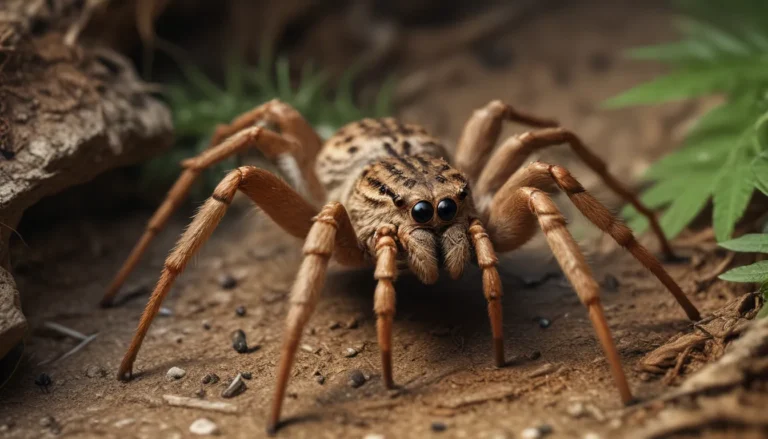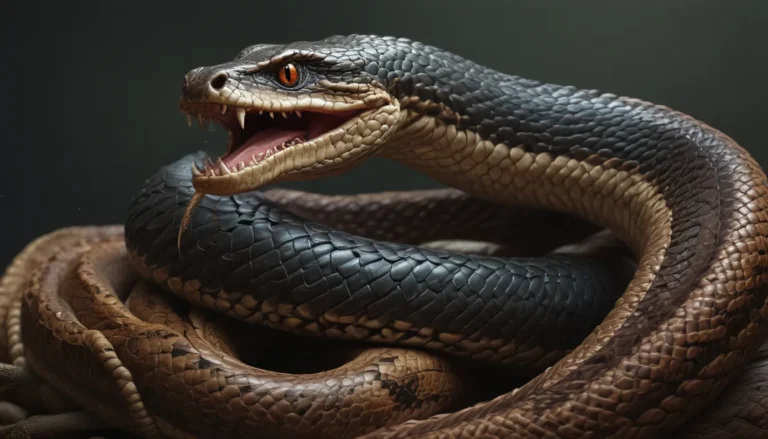The pictures we use in our articles might not show exactly what the words say. We choose these pictures to make you interested in reading more. The pictures work together with the words but don’t take their place. The words still tell you the important facts.
Pikas, the charming creatures that blend the features of a rabbit and a mouse, reside in the high-altitude regions of North America, Europe, and Asia. These furry critters, part of the Ochotonidae family, captivate wildlife enthusiasts and scientists with their unique traits and playful demeanor. Join us as we delve into the intriguing world of pikas and uncover ten fun facts that illuminate their extraordinary nature.
The Enigmatic Pika: Unveiling the Truth
Contrary to popular belief, pikas are not rodents; they belong to the Ochotonidae family, closely related to rabbits and hares. These small mammals possess distinctive characteristics that distinguish them from other creatures in the animal kingdom.
Masters of the Mountains: Pika’s Domain
Pikas thrive in the harsh conditions of high mountain ranges such as the Himalayas and the Rockies. These resilient creatures can be found in rocky habitats and alpine meadows, showcasing their adaptability to extreme environments.
The Signature “Eep” Call: Pika’s Vocalization
One of the most striking features of pikas is their high-pitched "eep" call. This vocalization serves as a means of communication within their social groups, as well as a warning signal to alert others of potential threats.
Hay-Making Experts: Pika’s Survival Strategy
During warmer months, pikas diligently gather vegetation to create hay piles. These hay piles serve as a crucial food source during the harsh winter season when fresh food becomes scarce, showcasing the resourcefulness of these tiny mammals.
The Non-Hibernating Pika: Enduring the Cold
Unlike many other mountain-dwelling animals, pikas do not hibernate. Instead, they rely on their hay piles and foraging abilities to sustain themselves throughout the year. Their high metabolic rate aids them in maintaining energy levels in frigid climates.
The Winter Retreat: Pika’s Cozy Abode
To combat freezing temperatures, pikas construct burrows within rocks. These burrows serve as insulated dens, providing warmth and protection from the harsh winter elements, ensuring their survival during the cold months.
Leap of Faith: Pika’s Impressive Jumping Skills
Equipped with strong hind legs, pikas are adept jumpers. They can leap several feet in a single bound, effortlessly navigating the rocky terrain of their mountainous habitats with agility and grace.
The Territorial Pika: Guardian of its Domain
Pikas mark their territory with scent markings to communicate with fellow community members and ward off potential intruders. Their fierce territorial defense spans an area of approximately 2 to 5 acres, highlighting their commitment to protecting their domain.
Herbivores at Heart: Pika’s Dietary Preferences
Pikas maintain a strictly herbivorous diet, feasting on a variety of plants including grasses, flowers, and shrubs. Their sharp incisor teeth enable them to efficiently chew through tough vegetation, sustaining their nutritional needs.
Climate Change Ambassadors: Pika’s Vital Role
Due to their sensitivity to temperature fluctuations, pikas serve as indicators of climate change. Their presence or absence offers valuable insights into the health of alpine ecosystems and the impact of global warming on these fragile habitats.
In Conclusion
Pikas, the endearing inhabitants of rocky mountainous regions, possess a wealth of intriguing characteristics and behaviors. From their distinctive calls to their resilience in harsh environments, pikas exemplify the wonders of the natural world. Let us appreciate and support the conservation efforts aimed at preserving these remarkable creatures, ensuring their existence for generations to come.
FAQs: Unveiling Mysteries About Pikas
-
Where do pikas live?
Pikas are predominantly found in rocky mountainous regions in North America and Asia, favoring areas abundant in vegetation and rocky crevices for shelter. -
What do pikas eat?
Pikas are herbivores, consuming grasses, flowers, and leaves as their primary diet. They collect and store food in hay piles during the summer, relying on these reserves during the winter months. -
How do pikas communicate?
Pikas utilize distinct vocalizations, including their signature "eep" call, to warn others of potential threats and establish territorial boundaries within their community. -
Are pikas endangered?
While pikas are not currently endangered, they face challenges due to habitat loss and climate change. Adaptation to warming mountainous habitats may pose a threat to their populations in certain regions. -
Do pikas hibernate?
Pikas do not hibernate; instead, they remain active throughout the year, relying on their stored haystacks for sustenance during the winter months when food sources are limited. -
Can pikas swim?
Pikas are not adept swimmers and are typically found in dry, rocky habitats away from large bodies of water, showcasing their adaptation to alpine environments. -
Are pikas related to rabbits?
Despite their resemblance to rabbits, pikas belong to the Ochotonidae family, while rabbits are classified under the Leporidae family, indicating a distinction in their lineage. -
How do pikas stay cool in hot temperatures?
To combat hot temperatures, pikas seek refuge in cool, shaded areas or utilize the insulating properties of their rocky habitats, adapting to varying climatic conditions. -
Do pikas have predators?
Yes, pikas face threats from predators such as birds of prey, foxes, weasels, and wildcats, relying on their agility and camouflage to elude potential dangers. -
Can pikas be kept as pets?
Pikas are wild animals and unsuitable as pets, requiring specific habitat and dietary conditions that cannot be replicated in a home environment. Capturing or keeping pikas without proper permits is illegal in many jurisdictions.
Our dedicated commitment to delivering accurate and engaging content ensures that each fact shared is verified and contributed by users like you. Trust in our pursuit of quality and authenticity as we embark on a journey of exploration and discovery together.






